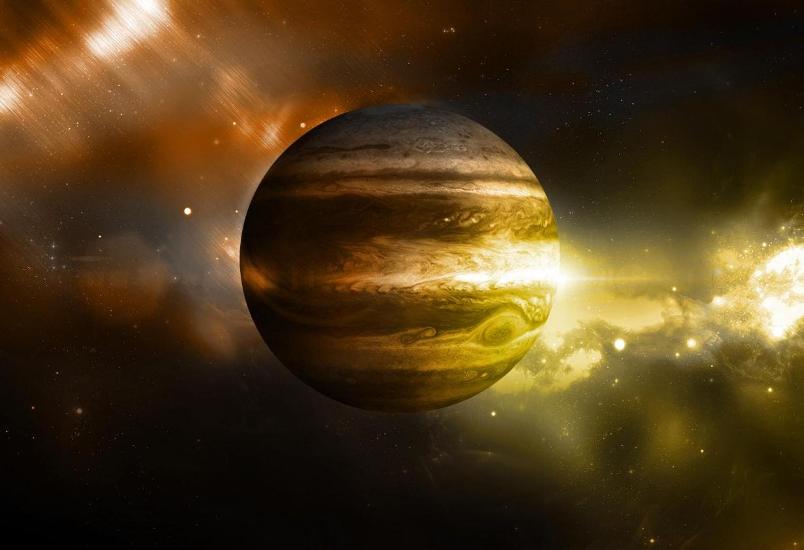For the first time, scientists found physical evidence for the theory that Jupiter is the oldest planet in our solar system. The planet probably appeared within a million years after the sun began to shine. This is evidenced by an analysis of meteorites found on Earth.
Astronomers come to that conclusion in the scientific journal Proceedings of the National Academy of Sciences.
So far, scientists had a suspicion that Jupiter was the oldest planet in the solar system, but there was no tangible evidence for that theory. Only computer models suggested a high age of the globe.
In the new study, researchers at the University of Münster investigated the composition of meteorites formed in the space one to four million years after the formation of the solar system and subsequently on earth.
The research shows that these meteorites can be divided into two groups that originated in two different places in our solar system. That suggests that in this time a large celestial body existed that separated the two ‘reservoirs’ from space tests.
“The most plausible explanation for this separation is Jupiter’s formation,” explains chief researcher Thomas Kruijer. “The planet probably made sure that no material could be exchanged between the two reservoirs in which meteorites were formed.”
Jupiter is not only the oldest planet in our solar system but also the largest. The gas giant has 2.5 times as much mass as all other planets together.

